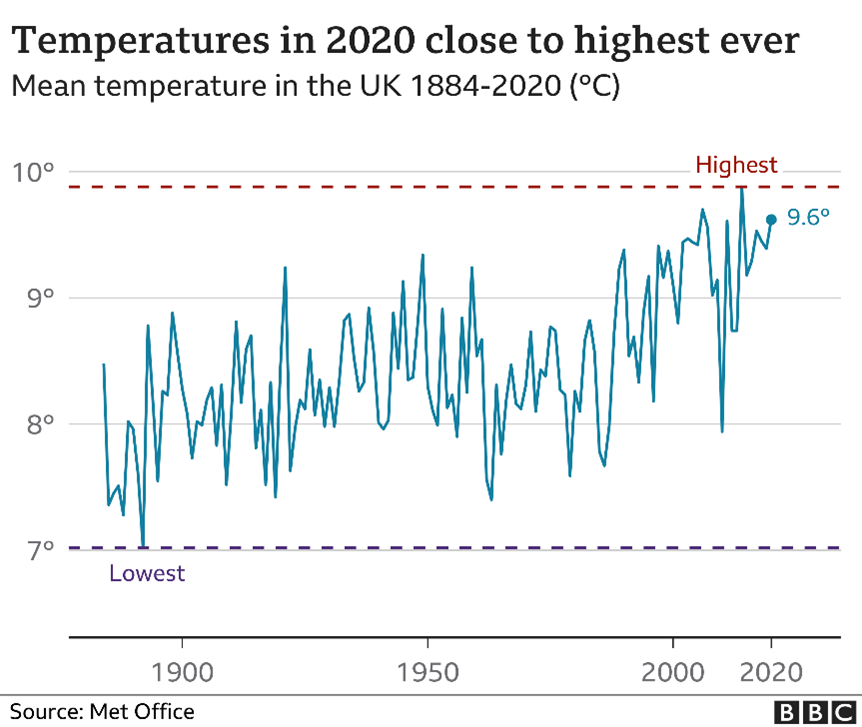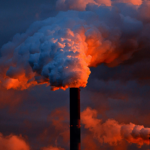UK Heatwave Warning an Ominous First
By Roger Mortimer, Portfolio Manager
2 Min. Read Time

The Meteorological Office (“The Met”) Office, the UK’s national weather service, declared a national emergency today, issuing a red extreme heat warning for the first time since the index was created last year.
The weather office suggested that there was a 50% chance of temperatures reaching 40°C (104° F), higher than the all-time recorded UK peak of 38.7°C in 2019. The large affected area is expected to include greater London, home to 9 million people. Noting that temperatures of this sort are “entirely unprecedented”, the Met suggested that heat will result both in human impact but also in reduced services and expected damage to infrastructure.
In a statement, Professor Penny Endersby, the Chief Executive of the Met, said:
“This is the first time we have issued a Red National Severe Weather Warning for extreme heat and the first time 40°C has been forecast in the UK. In this country, we’re used to treating a hot spell as a chance to go and play in the sun. This is not that sort of weather.
We have seen when climate change has driven such unprecedented, severe weather events around the world that it can be difficult for us to make the best decisions because nothing in our life experiences has led us to know what to expect.”1
Train services will be reduced, schools may be closed and roads will be sanded to try to protect the bitumen from melting in the heat. It was noted that temperatures in the London underground can feel 10 degrees hotter than the perceived temperature outside, implying the possibility of a 50° Celsius experience (122° F) on lines like the Central Line that are not air-conditioned. The UK is generally not well prepared for the pace of climate transition, with much of its transport infrastructure aged and low rates of air conditioning in housing and public transit.
A warning also came from the UK Health Security Agency, which issued its highest level four heat alert to health and care bodies - warning illness and death could occur "among the fit and healthy".2
There is a high degree of consensus among the global scientific community that man-made activity is contributing to climate change and global warming in particular. Scientists believe that greenhouse gases accumulating in the atmosphere are trapping the sun’s heat, causing the planet to warm. According to data compiled by NASA Earth Sciences and others, the arctic appears to be warming three times faster than the global average. While the ice sheet at the poles reflects back the sun, as the ice melts and the dark surface below is revealed, it increases the amount of solar energy absorbed (this is called the albedo effect). The warming soil further contributes to ice loss in an accelerating feedback loop. Some scientists believe that the loss of the polar ice cap is impacting planetary weather systems, including the jet stream (affecting air temperature) and the gulf stream (affecting ocean temperature). It is possible that Northern Europe’s apparently changing climate is related to these factors.

With the UK weather impact coming on the heels of exceptionally hot summers in 2018 and 2019, and at a time when the Russian invasion of Ukraine has dramatically impacted gas and electricity prices, Britons may be getting a glimpse of a less comfortable future.
Notes:
- Press release from UK Health Security Agency, July 15, 2022
- Doug Faulkner & Charley Adams, “Heatwave: National emergency declared after UK's first red extreme heat warning”, BBC News, July 15, 2022










